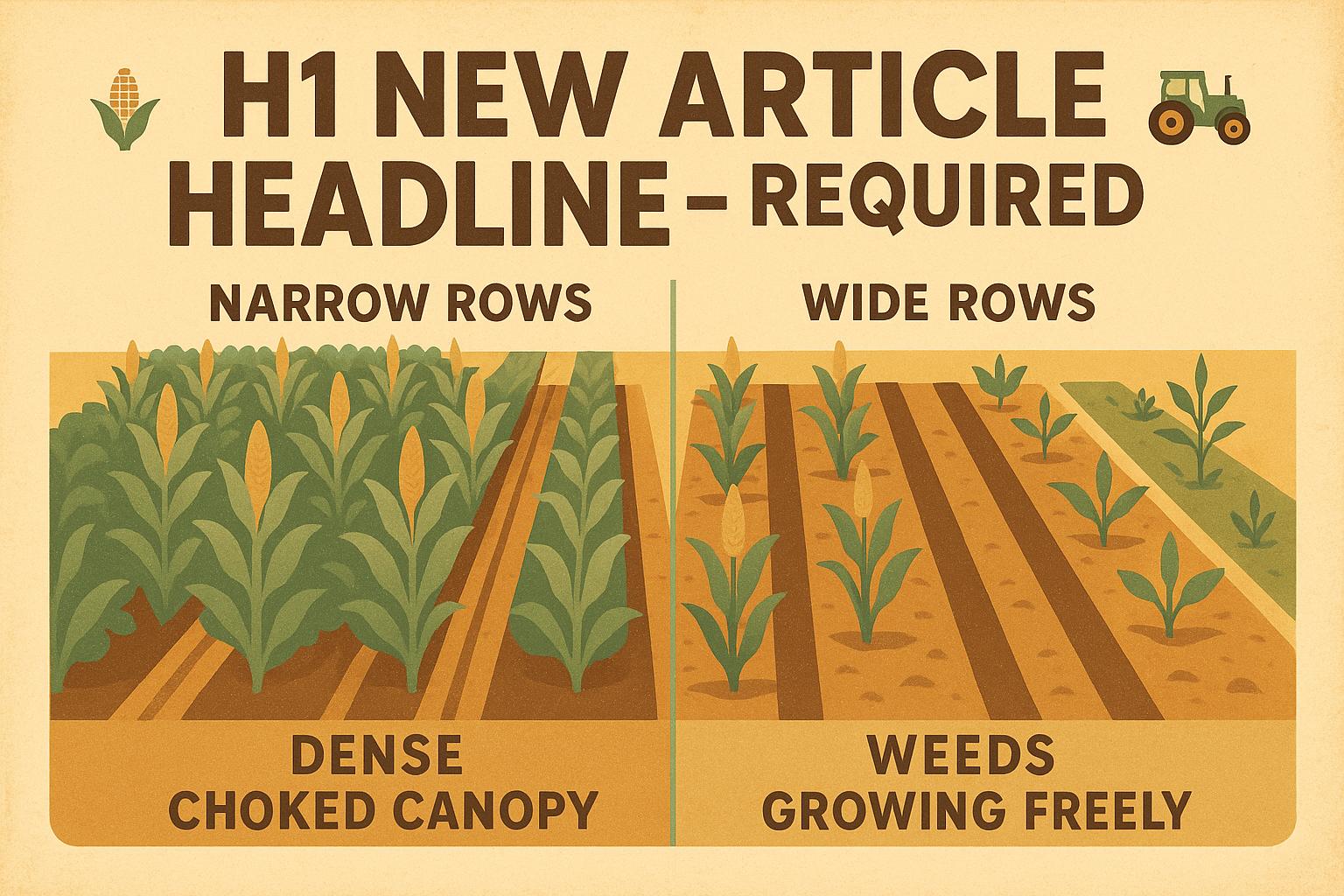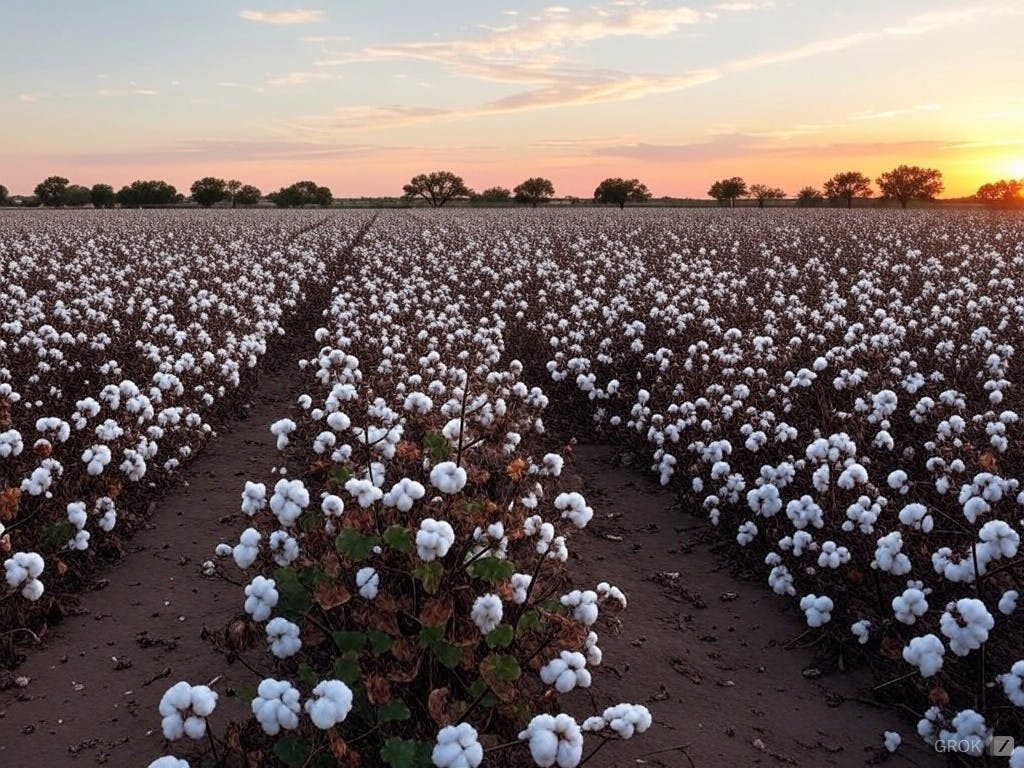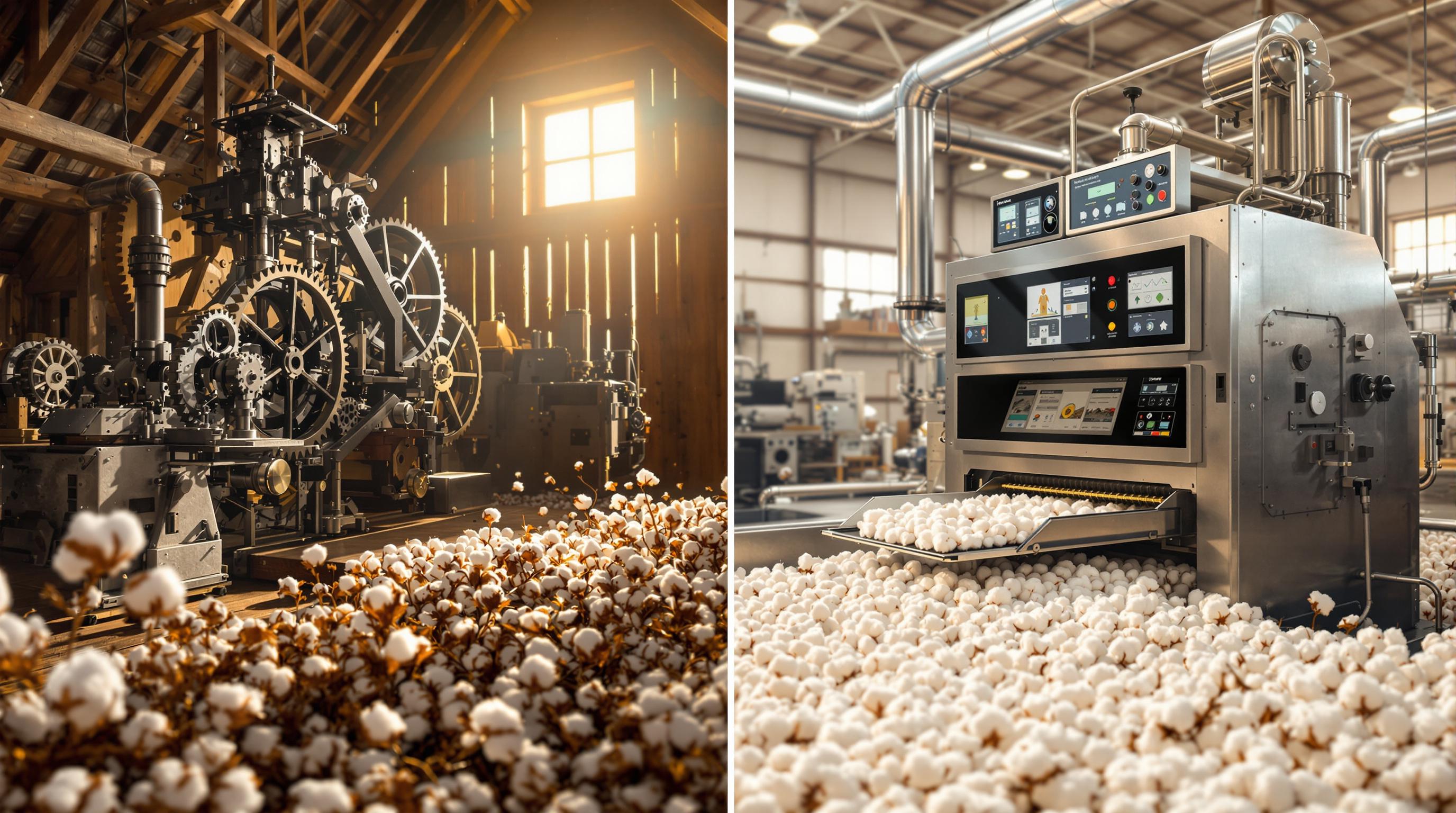Executive summary (TL;DR)
- Optimize cotton boll set by balancing N at 100-120 lbs/acre and using PGRs like mepiquat at first square—cuts vegetative growth 15-20% for better fruit retention and yields up 10%.
- Scout for stress factors weekly; integrate irrigation at 50% soil capacity to boost set rates 12-18% in variable weather without excess water use.
- Test varieties with strong heat tolerance; combine with K ferts for 8-15% improved boll fill, turning potential into premium lint.
Related Post: For complementary boll management, check out our post on Strategies for Maximizing Cotton Boll Retention.
You have optimized enough cotton fields to know that boll set isn't luck—it's the pivot where your season's potential locks in or slips away. You get that first flush of squares, but heat spikes or nutrient lags shed them like confetti, leaving you with thin picks and regrets. For growers with years in the rows, cotton boll set optimization means stacking practices to hold 60-70% set rates, turning good stands into bumper loads without chasing miracles.
We're focusing on the levers here—you've got your NAWF counts and DD60s down. This is about integrating for max retention, backed by extension trials from Texas A&M, Mississippi State, and beyond. I'll draw from that data, share field-proven adjustments, and outline the system so you can refine for your ground. No overkill, just the insights to push the set higher.
Understanding Boll Set Dynamics
Bolls set your fruiting efficiency—percent of squares that mature to bolls. Aim 60-80%; below 50% signals issues, costing 200-400 lbs lint/acre, per NCSU studies. Factors? Heat above 95°F day/68°F night aborts pollen; water stress drops set 15-25%.
Why prioritize? Early set fills bottom positions for premium fiber; late compensates but risks quality. A Georgia trial: Optimized set lifted micronaire 0.2-0.4 points, adding cents/lb.
Monitor: Count first-position retention weekly from the pin square. Threshold: Under 60% triggers action.
Nutrient Balance: Fueling Set Without Excess
N drives growth, but overload pushes veg over fruit. Target 100-120 lbs total—40% pre, 60% side-dress at first square. Arkansas data: Balanced N held set 12% higher vs. heavy pre-plant.
P and K foundational: P at 30-40 ppm for pollen viability; K 150-200 ppm prevents wilt. Deficiency drops set 10-15%, per Oklahoma State.
Microns matter: Boron 0.5 lb foliar at bloom aids pollination—boosts set 8-12%, Clemson trials.
Fixes:
- Soil test pre; tissue at bloom (N 3-4%, P 0.3-0.5%, K 2-3%).
- Variable-rate: High zones require more N, lows focus K.
- Organics: Manure builds a buffer, steady release.
PGR Applications: Controlling Growth for Better Set
Mepiquat tames rank growth, channeling energy to bolls. Apply 8-16 oz at first square if internodes >3 inches. Texas AgriLife: Cut height 15-20%, upped set 10%.
Timing key: Early for determinate varieties; multiple low-dose for indeterminates. Avoid stress—don't apply dry.
Stack with ethephon late for open bolls, but focus early for set.
Table from extension guidelines:
| Growth Stage | PGR Option | Rate (oz/acre) | Set Benefit | Notes |
|---|---|---|---|---|
| First Square | Mepiquat | 8-12 | 10-15% retention | Reduces veg |
| Matchhead Square | Mepiquat + Cycocel | 12-16 | 12% boll fill | Rank control |
| Early Bloom | Boron foliar | 0.5 lb | 8-10% pollination | Micro boost |
| Peak Bloom | Hold if set high | N/A | Maintain | Avoid over |
Water Management: Timing for Peak Set
Stress at squaring sheds squares—keep 50-60% soil capacity. Deficit irrigate: Allow mild dry to toughen, then water. Arizona trials: Boosted set 15-18% vs. constant wet.
Drip/pivot: Sensor-guided, 0.15-0.2 inches/day peak. Dryland: Mulch or covers hold moisture.
Monitor: Probes at 6-12 inches; wilt signs trigger.
Variety Selection: Genetics for Reliable Set
Heat-tolerant lines like Deltapine or PhytoGen hold set in stress—10-15% better, per Beltwide data. Early-maturity escapes late heat; storm-proof reduces shed.
Choose based on region: Southwest dry—drought traits; Southeast humid—disease pack.
Pest and Disease Ties to Set
Thrips twist terminals, dropping set 10%; treat at 2-3/plant. Nematodes starve roots—rotate, nematicides boost set 12%, Mississippi State.
Fusarium wilts weaken—wider rows, fungicides hold set.
IPM: Scout weekly; thresholds prevent over-spray flares.
Environmental Stress Mitigation
Heat: Shade nets or kaolin clay cut temps 5-10°F, up set 8%, Florida trials.
Cold snaps: Delay planting to 60°F soils.
Wind: Windbreaks reduce abrasion shed.
Tech Tools: Precision for Set Optimization
Drones NDVI map stress early; apps model heat units for timing.
Yield monitors close loop—adjust next year.
Economics: Set's Bottom Line Impact
High set saves $50-100/acre replants/inputs; yields up 10-15%. ROI: PGRs pay 2:1; irrigation tweaks 3:1.
Track: Set % x bolls/plant = potential; refine annually.
I've pushed set from 50% to 70% with splits and PGRs—data delivers.
Actionable Takeaways
- Balance N 100-120 lbs split; tissue test bloom for 3-4%.
- Apply mepiquat 8-12 oz first square if rank.
- Irrigate 50% capacity squaring; sensors guide.
- Choose heat-tolerant varieties; scout pests weekly.


